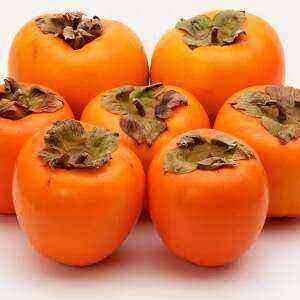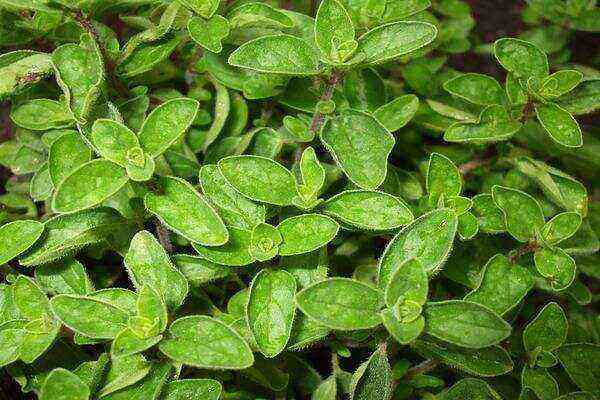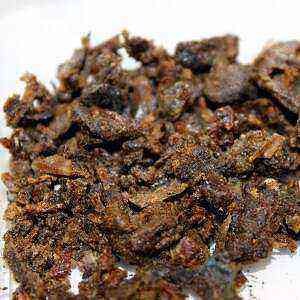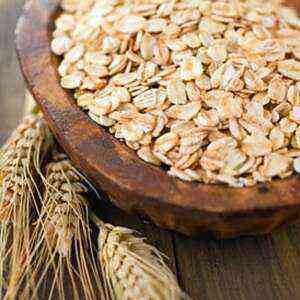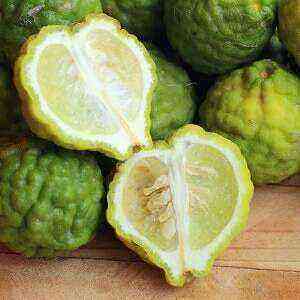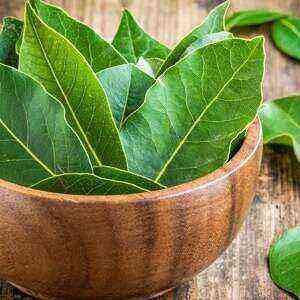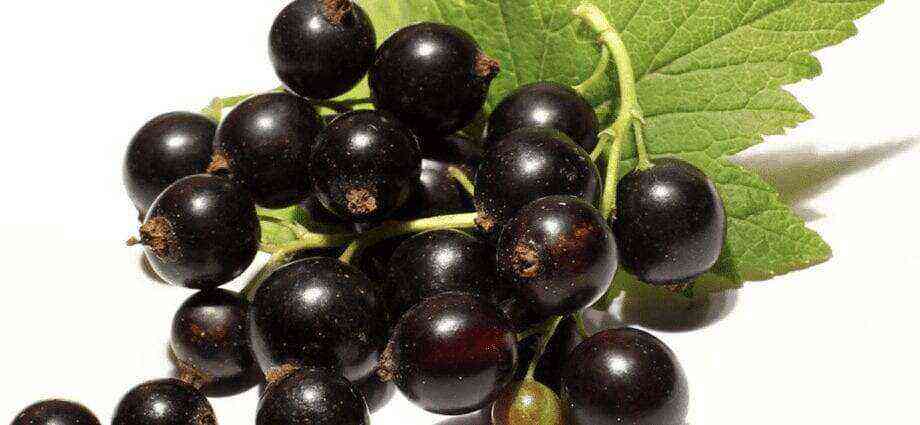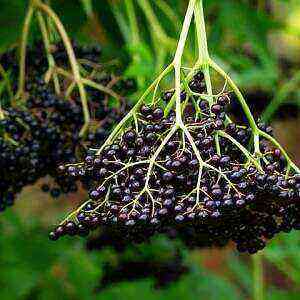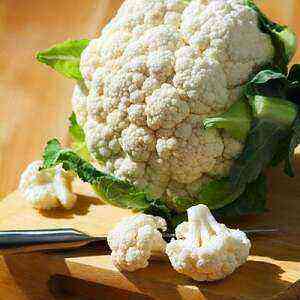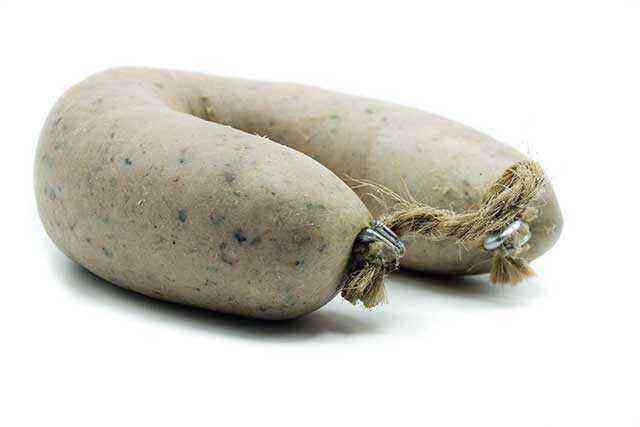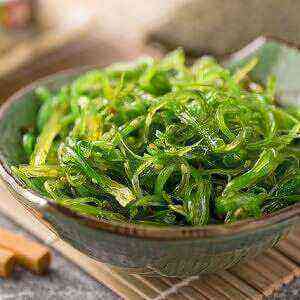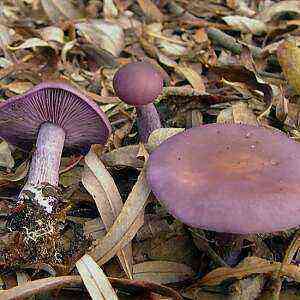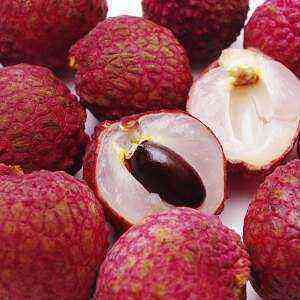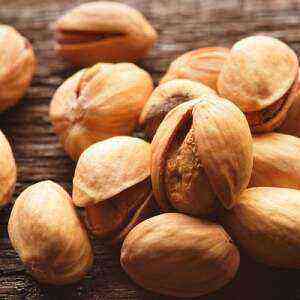
What is a turnip?
A plant known to botanists as Brassica Rapa, we call none other than a turnip. This root crop with white, greenish or purple-red skin belongs to the Cruciferous family and has been growing all over the world since ancient times. Today, around 30 varieties of “domesticated” turnip, the closest relative of a wild turnip, are grown for commercial purposes.
It is believed that the first wild turnips appeared in Europe, Central Asia and the Middle East. Researchers suggest that this root crop saved 4000 years ago from starvation. The first mass cultivation of turnips took more Hellenes and the ancient Romans. Although already in ancient times, turnips were mainly food for the poor.
This vegetable has repeatedly defended humanity from starvation, but even this did not help it to enter the rank of “elite” and respected. For centuries, turnips in different countries were considered food for slaves and livestock. And the specific mustard flavor of the root crop played a significant role in this.
True, in Russia turnip was the main on the tables. In those old times, it was used almost as we are today potatoes. Everything changed when Catherine II used to teach her subjects to the potatoes fashionable at that time, and turnips remained only on the tables of the poor who could not afford potatoes. By the twentieth century, the descendants of Rus had almost forgotten about this vegetable. Although even today this plant is cultivated in almost all countries, even in tropical regions, but there it takes root only in the highlands.
Nutritional characteristics
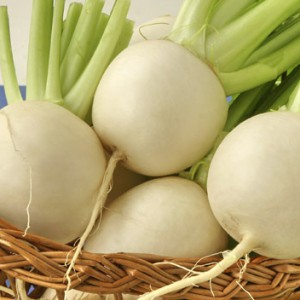
So in 100 g of root vegetables contains about 30 mg of vitamin C – a powerful antioxidant, important for maintaining immunity and tissue repair. Turnip also provides most of the B vitamins that the body needs to replenish daily. B-vitamins are necessary for the proper metabolism of fats, carbohydrates and proteins, they are indispensable for the nervous system, are responsible for the health of the skin, hair, liver and eyes.
A little more than 75 mg of calcium (about 8 percent of the daily intake) is contained in a 100 gram turnip. Also, the vegetable is rich in potassium, which is important for maintaining blood pressure and fluid balance in the body. The root crop contains iron, magnesium, phosphorus, sodium, zinc, manganese, selenium and a large number of amino acids.
And in addition to all the benefits mentioned, it is important to say that this vegetable is a dietary product suitable for people on a diet. If the 100-gram portion of boiled potatoes contains almost 200 kilocalories, a similar amount of turnip puree is only 51 kcal. At the same time, the puree contains quite a lot of fiber, which significantly increases the ability of the root crop to satisfy hunger and maintain long-term satiety.
But in addition to root vegetables, vegetable greens are also edible and healthy. Dark young leaves contain more than the daily intake of vitamins A and K, and the tops are rich in vitamin B9, ascorbic acid, calcium, iron, fiber and carbohydrates.
Nutritional value at 100 g root vegetables
Calories 28 kcal Proteins 0,9 mg Fats 0,1 mg Carbohydrates 6,43 mg Fiber 1,8 mg Vitamin C 21 mg Vitamin E 0,03 mg Vitamin K 0,1 μg Vitamin B1 0,04 mg Vitamin B2 0,03 mg Vitamin B3 0,4 mg Vitamin B5 0,2 mg Vitamin B6 0,09 mg Vitamin B9 15 μg Potassium 233 mg Sodium 39 mg Zinc 0,27 mg Manganese 0,13 mg Magnesium 11 mg
Nutritional value on 100 g green turnip
Calories 20 kcal Proteins 1,1 g Fats 0,2 g Carbohydrates 4,4 g Fiber 3,5 g Vitamin A 381 μg Vitamin B9 118 μg Vitamin C 27 mg Vitamin K 368 μg Calcium 137 mg
Benefits for the body
Plant foods are helpful in preventing obesity, diabetes, heart disease, improving overall well-being and appearance.

Reduces blood pressure
A few years ago, British researchers determined that this root crop has several advantages for the cardiovascular system. Among them is the ability to lower blood pressure and prevent excessive platelet formation. Potassium contained in the vegetable also contributes to the relaxation of blood vessels and a gentle decrease in blood pressure.
Protects against cancer
Back at the end of the last century, scientists declared that cruciferous vegetables have the ability to prevent cancer. All vegetables in this group contain sulforaphane. It is this compound that gives the fruit a bitter taste, but at the same time has the power to prevent malignant cell degeneration. Under laboratory conditions, the effectiveness of sulforaphane has been proven to slow down the division of cancer cells.
Promotes proper digestion and detoxification
Turnip is a vegetable with a high fiber content, which, as you know, is indispensable for maintaining a healthy rhythm of the digestive organs. Dietary fiber not only promotes the rapid digestion of food, but also maintains a stable level of sugar in the blood. The latter fact suggests that fiber in turnips supports healthy metabolic processes. In addition, insoluble fiber has the ability to absorb toxins accumulated in the body, and quickly remove harmful substances.
Prevents diverticulosis
The risk of developing diverticulosis is significantly lower in people whose diets are rich in fiber-rich vegetables. Turnip just meets these requirements. Raw and boiled root vegetable is rich in dietary fiber, which means it promotes easy bowel function, reduces pressure and inflammation in the large intestine.
Improves eyesight
Not only vitamin A is good for the eyes. A moderate intake of vitamin C, as has been proven scientifically, also helps maintain healthy functioning of the eyes and protects them from UV radiation. Many people think that citrus fruits are almost the only source of ascorbic acid. Perhaps for some it will be a discovery, but cruciferous vegetables also contain surprisingly high vitamin reserves. Only two small turnips are able to provide the body with vitamin C in an amount necessary for daily needs.
Antimicrobial and anti-inflammatory
Turnip greens contain a rich amount of glucosinolates. These are sulfur-containing compounds that have anti-cancer properties, as well as protect against fungi, bacteria and prevent inflammation. By the way, among all cruciferous vegetables in terms of the content of this substance turnip is second only to mustard.
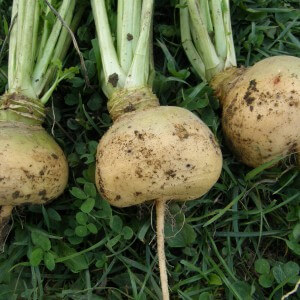
- This root crop is a good anti-inflammatory, relieves asthma symptoms.
- Thanks to vitamin C, the vegetable is helpful in preventing scurvy.
- Root and tops are rich in antioxidants that protect the body from free radicals, thereby preventing the development of atherosclerosis and the destruction of blood vessels.
- Ascorbic acid makes the root useful for smokers: a beneficial effect on the state of the lungs.
- Strengthens bones and teeth, prevents osteoporosis and reduces the risk of developing rheumatoid arthritis.
- Nutrients contained in turnips help to restore the connective tissue inside the body.
- Strengthens immunity.
- Promotes healthy metabolism.
- Improves the nervous system, liver.
- Interferes with formation of gallstones.
- Activates healthy hair and nail growth.
Turnip in folk medicine
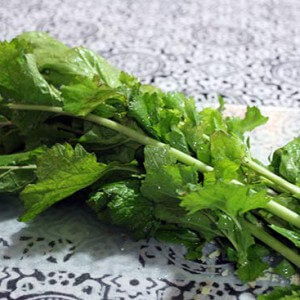
Possible hazards
Like other representatives of the cruciferous family, turnips contain glucosinolates. Excessive intake of this substance impairs the production of thyroid hormones. This fact makes turnips an undesirable product in the diet of people with glandular dysfunction.
Greens contain a small amount of oxalic acid, which, entering the body, can crystallize and form stones in the kidneys and urinary tract.
Raw root vegetables are undesirable for people with gastritis, ulcers, colitis and gastroenteritis, as well as inflammation of the kidneys and liver.
Use in cooking
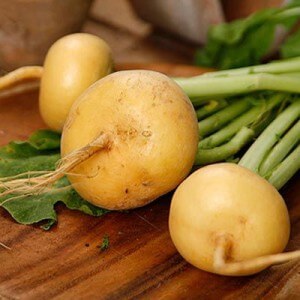
In Italy, a popular side dish is prepared from the root, this vegetable is used in the cuisines of India and Pakistan, and traditional winter salad is prepared from raw grated turnips and fresh herbs in the Tyrolean Alps. In Lebanon, consumed in pickled form, and in Japan, it is loved fried.
Some also use young turnip leaves for food. Salads seasoned with lemon juice and vegetable oil are prepared from them.
Culinary ideas
Cream soup
You will need 3 large turnips, 2 carrots, celery, 1 liter of chicken stock, parsley, onions, salt, pepper. While finely chopped onions are fried in vegetable oil, cut the vegetables into small pieces, add chicken stock and boil until cooked. Add spices to the finished soup and grind everything in a blender until smooth. Add the toasted onions. Chopped greens and sunflower seeds are suitable for decorating plates with cream soup.
Turnip Pancakes

Light salad
Salad ingredients: 500 g turnip, 1 carrot, 150 g crab sticks, half a can of corn, parsley and green onions, salt, pepper, a clove of garlic, mayonnaise.
Raw turnips and grated carrots. Crab sticks cut into small cubes. Add the remaining ingredients, mix. Decorate with greens.
Turnip and Pear Salad
Grate one turnip, two carrots and three pears on a coarse grater. Add a spoonful of lemon juice, salt, pepper and a little sugar. Season the finished salad with sour cream or natural yogurt.
Other ways to use turnips
Turnips, being food for people and pet food, has some other interesting properties. For example, the skin from turnips can be thrown away, and can be used as a means against insects. A decoction of the skin with a small addition of soap is used to get rid of spider mites, aphids and flies. And they say that turnip juice helps to get rid of the unpleasant smell of sweat and activates hair growth (if you rub fresh juice into the scalp).
Today, turnip is a rare guest on our tables. Her place was taken by potatoes. And meanwhile, these products have different advantages, and the beneficial properties of turnips will not replace any other vegetable. So maybe it’s time to return this root vegetable to our diet?

